What’s in This Video
In this video, we cover how to brew your tea in different types of teaware and we review which vessels are ideal selections for various categories of tea. We cover conventional types of teaware that are often used:
- Porcelain Pot
- Glass Pot
- Glass Cup
We also cover the use of gaiwans and yixing pots.
Brewing Tea in a Glass Cup
Use of the glass cup is one of the easiest methods to brew tea. Zhuping begins her instruction on how to use this method at the 4:00 mark so feel free to cruise ahead to see this in action.
Use 3-4 grams to your pint-sized glass, and add your water. Green tea and its cooling family counterparts, white tea, yellow tea, and scented teas, are all happiest brewed at cooler temperatures ranging between 140 and 180 degrees. Wulong teas, puer, and black tea can all be brewed at boiling temperatures. Simply pour the water directly on your tea leaves and go! The first infusion can range between 1-2 minutes. Brew your tea in a glass tea pot similarly to your use of brewing tea in a glass cup.
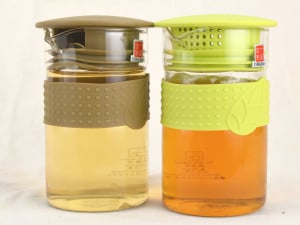
Brewing Using a Gaiwan
Gaiwans are lidded bowls that have been around, it is believed since the Ming dynasty. It consists of three parts: gai (lid), wan (bowl), and the saucer. The saucer is often used to protect the surface that the gaiwan is seated upon from getting any liquid on it and simultaneously protects the person from inflicting any harm on their fingers and hands while drinking directly from the gaiwan itself. Gaiwans are more often made of porcelain and can be used for individual use or they can be used to share brewings of tea. For sharing, it’s recommended that you use a larger gaiwan. Smaller gaiwans are popular for individuals-though it depends on how much tea you’d like to consume! Instruction on how to use the gaiwan begins at the 6:00 mark, so skip ahead if this is what you’re interested in!
Tips on Brewing Your Tea Using a Gaiwan: When you brew your tea using a gaiwan, it is recommended that you stir the tea. This should ensure an evenness of taste since the tea will be lighter on the top and stronger on the bottom if you do not stir it. Don’t forget to leave your gaiwan unlidded if you are brewing jasmine and green!
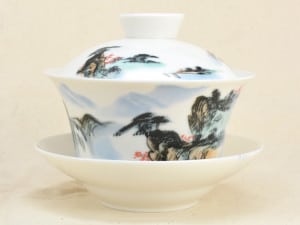
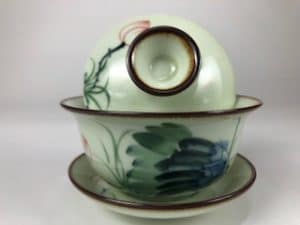
Brewing Using a Yixing Pot
Generally speaking, larger yixing pots are best used for brewing black tea and puer while the smaller pots are generally reserved for wulong tea. We do go into more detail about this topic in our How To Select Your Yixing Pot section on our Yixing Page so make sure to check that out as well. We also delve into the history of yixing pots, the different types of clay used, how the teaware gets made, and more importantly, how to prepare your pot for use.
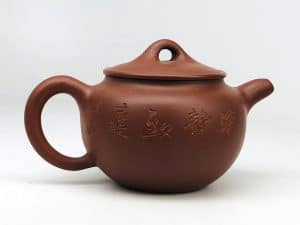
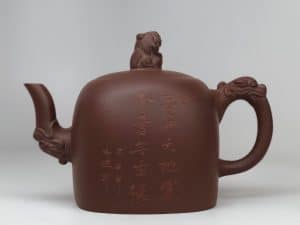
Zhuping demonstrates, beginning at the 10:40 mark, how to brew your tea in a yixing pot starting with the warming of your pot. All yixing pots are happiest in boiling water so there is no need to drop the temperature on these vessels. They adore it.
Tips for Brewing Tea Using a Yixing Pot or Any Other Method for That Matter: If you are concerned about caffeine, brew your tea for at least a minute, toss it out, and begin from the second infusion. About 40% of the caffeine is lost during the first infusion.
